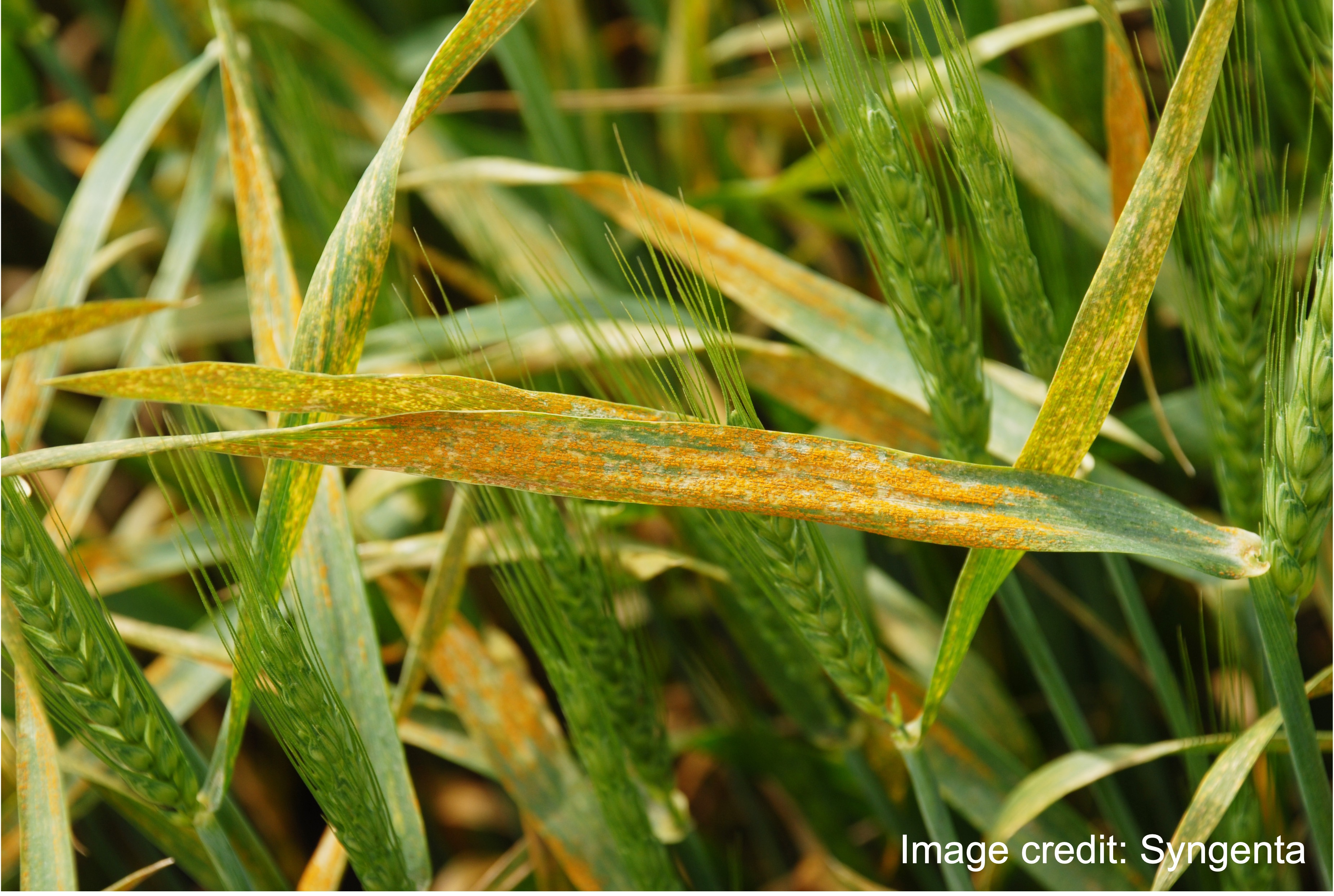Elucidating the role of plasmodesmata in wheat stripe rust fungal infection
A proteomics approach to understand the role of plasmodesmata in plant-pathogen interaction.
Research themes
Project status
Content navigation
About

Rust diseases in wheat causes up to 20% yield losses annually. This is a major problem in Australia and globally. When a fungal rust spore lands on a wheat leaf, it germinates and initiates infection through the stoma. However, colonization will only occur once the propagating hyphae penetrate the host mesophyll cell and form the haustorium, a rootlike structure that absorbs water and nutrients from the host cell. Previous studies have suggested that plasmodesmata at the mesophyll cell wall act as entry points for fungal hyphae and facilitate the movement of effector proteins from the infected cell to the neighboring cell. By performing proteomics analysis, this project aims to identify plasmodesmata-associated effectors and their roles during wheat stripe rust fungal infection.


